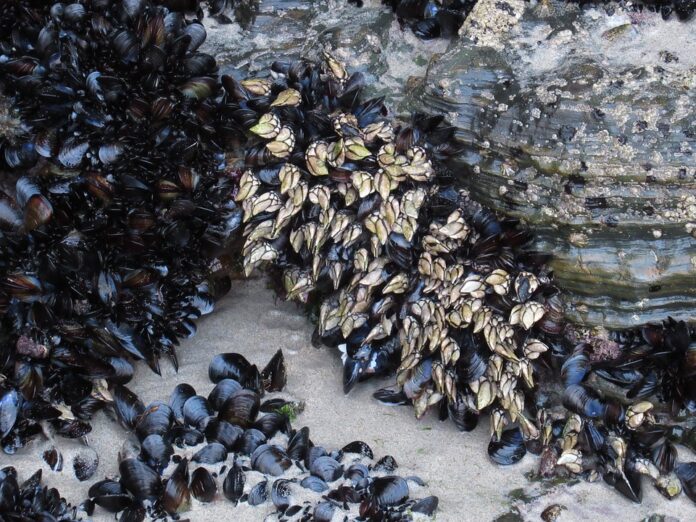Introduction
Climate change is a pressing issue that is affecting various ecosystems around the world, including marine environments. One such ecosystem that is facing challenges due to climate change is the goose neck barnacle harvesting industry. In this report, we will explore the impact of climate change on goose neck barnacle populations, the challenges faced by harvesters, and the adaptation strategies that can be implemented to sustain this industry.
Impact of Climate Change on Goose Neck Barnacle Populations
Goose neck barnacles are filter-feeding crustaceans that attach themselves to hard substrates in intertidal zones. They are a valuable source of income for coastal communities around the world, particularly in Spain, Portugal, and Chile. However, climate change is causing disruptions in their populations due to rising sea temperatures, ocean acidification, and changes in ocean currents.
According to a study published in the journal Global Change Biology, rising sea temperatures are affecting the reproductive success of goose neck barnacles by altering their breeding cycles. This has led to a decline in their populations in certain regions, impacting the livelihoods of harvesters who depend on them for income.
Challenges Faced by Goose Neck Barnacle Harvesters
Harvesting goose neck barnacles is a labor-intensive process that requires skilled divers to collect them from rocky shores. However, climate change has made this process more challenging due to unpredictable weather patterns, rough seas, and changes in barnacle distribution.
Harvesters also face competition from industrial fishing operations that target the same areas where barnacles are abundant. This has led to conflicts over resource access and depletion of barnacle populations in certain regions.
Adaptation Strategies for Sustainable Harvesting
To address the challenges posed by climate change, goose neck barnacle harvesters can implement several adaptation strategies to ensure the sustainability of their industry. One such strategy is to diversify their harvesting locations to reduce reliance on a single site that may be vulnerable to environmental changes.
Harvesters can also collaborate with scientists and researchers to monitor barnacle populations and track changes in their distribution over time. This data can help inform adaptive management practices and conservation efforts to protect barnacle habitats from further degradation.
Furthermore, implementing selective harvesting practices and promoting responsible consumption of goose neck barnacles can help reduce pressure on wild populations and support the long-term viability of this industry.
Conclusion
In conclusion, climate change is posing significant challenges to the goose neck barnacle harvesting industry, but with proactive adaptation strategies, harvesters can mitigate these impacts and ensure the sustainability of their livelihoods. By working together with stakeholders and implementing conservation measures, we can protect these valuable marine resources for future generations.




